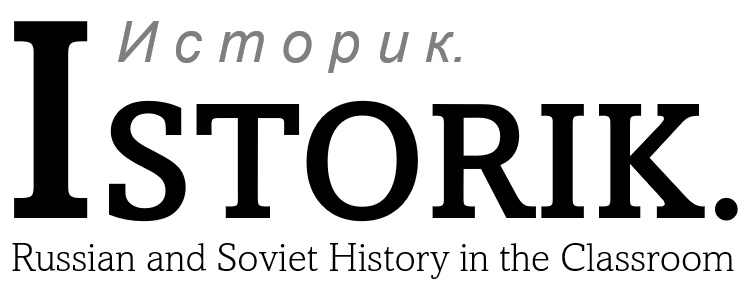The “First Love of the Russian Revolution”
Following the overthrow of Nicholas II, Alexander Kerensky
made his mark as a charismatic, well connected socialist politician – and the
only man initially to join both the Petrograd Soviet and Provisional
Government. Known for his charisma and rhetorical flourishes, Kerensky would
become the Prime Minister (“Minister President”) of the Provisional Government
in July 1917. By the end of October, he and his government had been overthrown
by the Bolsheviks and their allies.
Who was Kerensky?
Before 1917, he had been a high-profile lawyer, active in
the defence of political dissidents and revolutionaries. Nominally a member of
the Socialist-Revolutionary Party (SRs), he belonged to the very moderate Trudovik
faction and in fact appeared closer to left-of-centre liberals for much of 1917.
When revolution broke out in February 1917, Kerensky was the
man on the spot, giving speeches to the masses, who adored him. In fact, he probably
benefitted more than anything else from not being in exile or emigration, unlike
more radical socialists like the Marxists Vladimir Lenin and Julius Martov.
Kerensky’s
“Cult” in 1917
In a pathbreaking book from 1999, historians Orlando Figes
and Boris Kolonitskii argued that Kerensky built up a “cult” during the
revolution of 1917. According to them, Kerensky gained in stature in no small
part because of his lack of partisanship, which appealed to Russia’s masses:
Kerensky’s
appeal to the masses was evident from the first days of revolution, when he
pledged to serve the people of Russia as their “hostage”, tied to their demands
as (at that point) the only socialist in the Provisional Government:
Comrades! But I am not only a minister but also vice chairman of the Soviet of Petrograd soldiers' and workers' deputies. I am an old socialist and democrat, member of the socialist-revolutionary party and believe me that when I stepped forward to join the Provisional Government I will be there as your hostage, a hostage of soldiers, workers, peasants, officers and supporters of the republic, as a guarantor for all of those who desire to create a free republican Russia. (Stormy applause). Do believe me and rest assured that as long as I am the minister of justice no-one can threaten you and no-one dares to rise against the new system and the free Russia. (Stormy applause) Alexander Kerensky speaking to workers, sailors, and soldiers in Helsinki, 1 April 1917
He was acutely
aware of the need to cultivate his appeal. Kerensky in 1917 performed
astonishing theatrics in front of his audiences during speeches, dressed to
impress in a military tunic, and travelled widely – including to Russia’s
western front – to address his people. By the summer of 1917, he had begun to
see himself as a Russian “Bonaparte”, in imitation of Napoleon.
Teaching Kerensky
The work of
Figes and Kolonitskii is, as far as I am aware, not widely used in the
classroom for teaching the Russian Revolution. A shame – not least because,
when considering their analysis of Kerensky in 1917, they anticipate the cult
of personality of Stalin which is followed in the late 1920s and 1930s. In the
context of 1917 itself, moreover, Kerensky’s story is remarkable (and
hubristic), a tale of the dramatic rise and fall of a self-styled “hostage to
democracy” and revolutionary dictator.
Classroom
resources, including a narrative of Kerensky in 1917 and a living graph
activity analysing his rise and fall, can be found here.






No comments:
Post a Comment